10 Benefits of Vacuum Sealing Meat to Save Money and Reduce Waste
Vacuum-sealing meat offers benefits like preserving freshness, enhancing flavor, preventing freezer burn, saving money, optimizing storage, streamlining meal prep, maintaining quality, reducing waste, and ensuring safety.
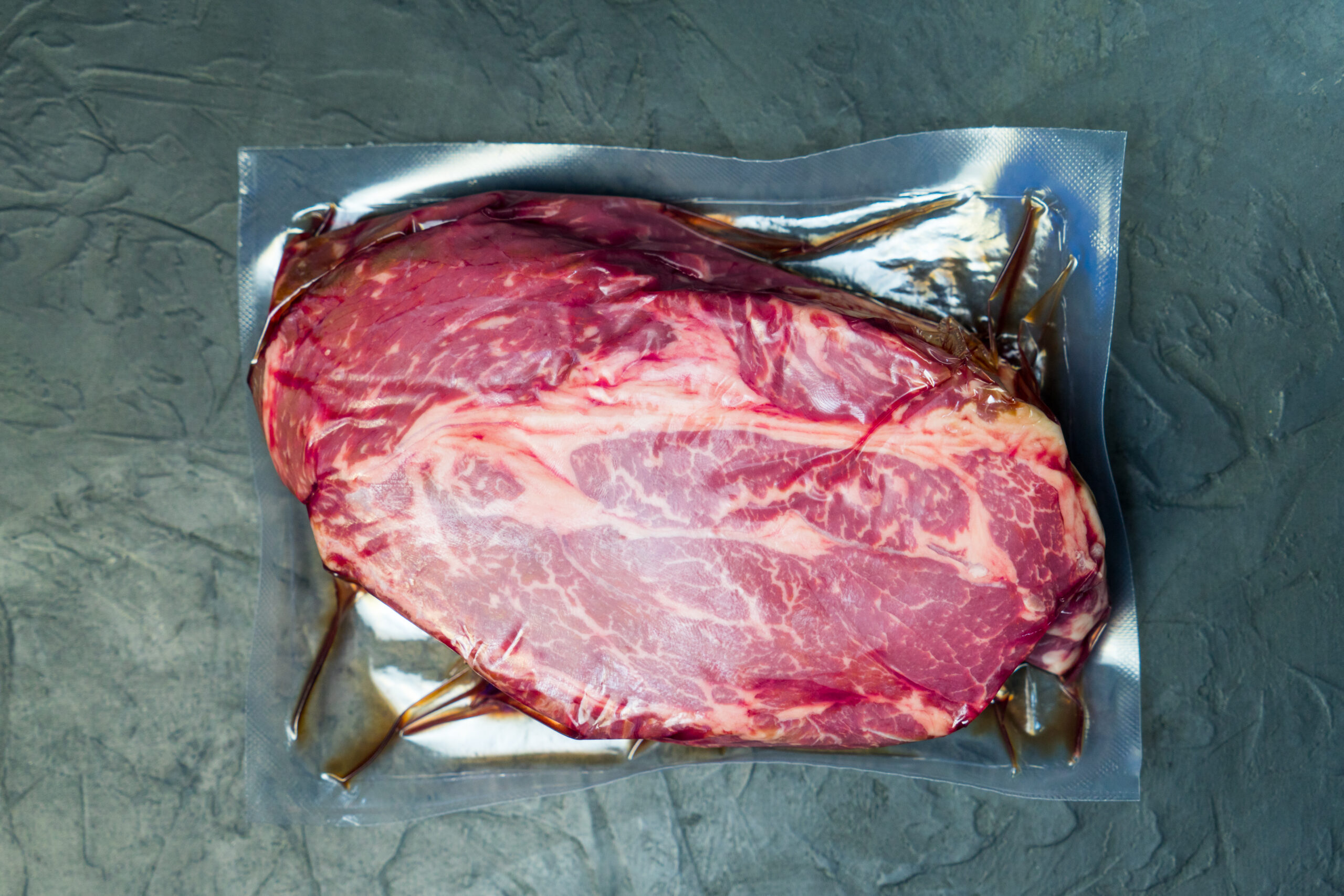
Vacuum-sealing meat is not just a fad but a practical approach to food preservation that can offer numerous benefits. From extending the shelf life of your favorite cuts to saving money, let’s explore the compelling reasons to adopt this method in your kitchen.
Disclosure: As an Amazon Associate, this site earns from qualifying purchases. Thank you!
1. Preserving Freshness Longer
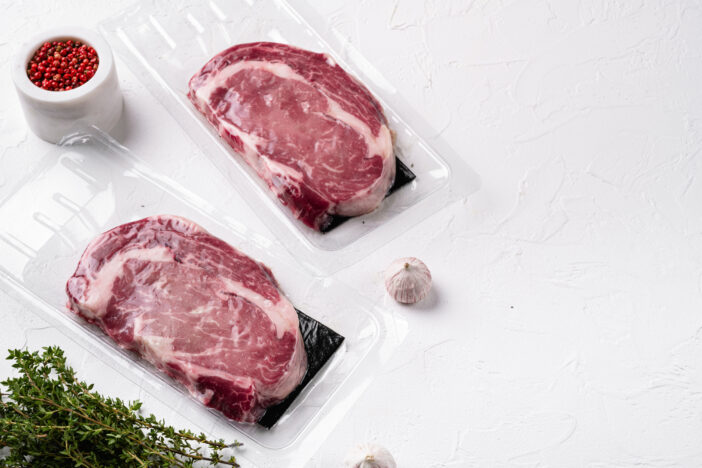
Vacuum sealing is a game-changer when it comes to preserving the freshness of meat. By removing air from the packaging, the process significantly slows down the oxidation and bacterial growth that cause spoilage. This means that your meats can stay fresh for a much longer period compared to traditional packaging methods, whether they’re stored in the fridge or freezer.
Furthermore, vacuum sealing forms a barrier against environmental contaminants. This helps to maintain the natural moisture, texture, and taste of the meat, ensuring that every meal prepared with vacuum-sealed meat is as fresh as possible.
2. Enhanced Flavor Retention
One of the lesser-known benefits of vacuum-sealing meat is the enhanced flavor retention it offers. The airtight environment not only preserves freshness but also locks in the natural flavors and juices of the meat. This means that when you cook your vacuum-sealed meats, they’re more likely to have a richer and more robust flavor profile compared to their non-sealed counterparts.
Additionally, for those who enjoy marinating their meats, vacuum sealing can help the marinade penetrate more deeply and evenly. This technique can drastically reduce the marinating time while enhancing flavor absorption, giving you tastier meats in a fraction of the usual time.
3. Preventing Freezer Burn
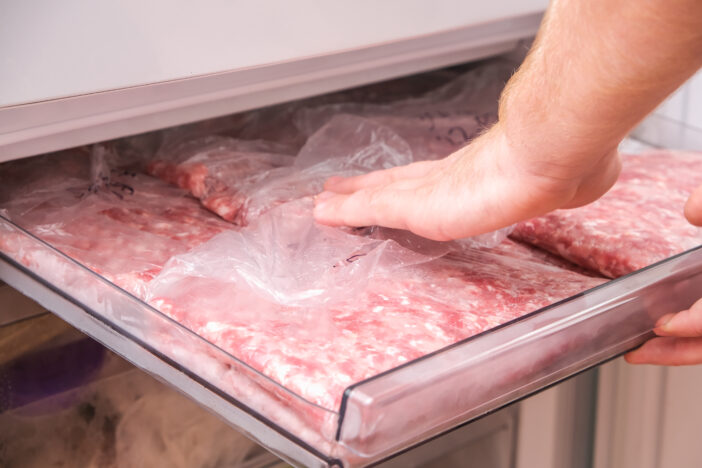
Freezer burn is a common problem when air comes into contact with frozen food, leading to dehydration and oxidation. Meat affected by freezer burn is often dry and tasteless, making it unappetizing and sometimes even wasteful. Vacuum sealing your meat eliminates air exposure, thereby preventing freezer burn and ensuring that your meat remains moist and delicious even after long-term freezing.
By creating a snug barrier around the meat, vacuum sealing preserves its integrity and prevents the ice crystals that cause freezer burn from forming. This way, even if you forget about that steak or chicken breast in the back of your freezer, you can still expect it to taste as good as the day you sealed it.
4. Saving Money Over Time
Investing in a vacuum sealer can lead to significant cost savings over time. By extending the shelf life of your meats, you can buy in bulk during sales or wholesale, which is often more cost-effective than purchasing smaller quantities at regular prices. This bulk purchasing, combined with the extended preservation time, means fewer trips to the grocery store and less impulse buying.
Moreover, by reducing spoilage and preventing freezer burn, you’re essentially eliminating food waste, which translates into more efficient use of your food budget. The initial cost of a vacuum sealer can quickly pay for itself as you save money on groceries and enjoy high-quality meat for longer periods.
5. Optimizing Storage Space
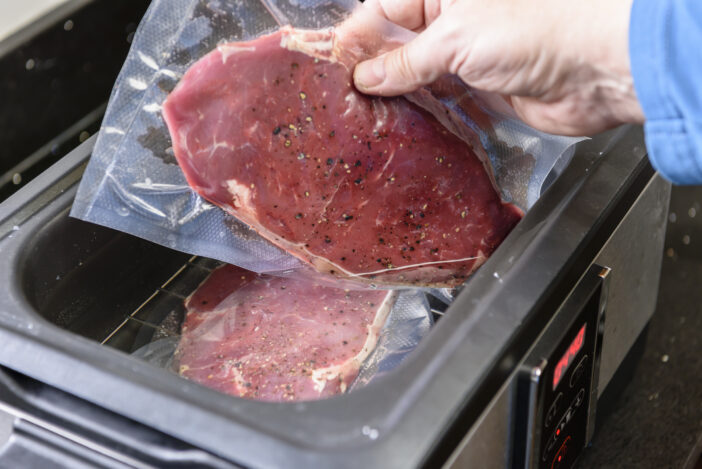
Vacuum-sealed meats take up less space in your refrigerator or freezer than meats stored in bulky packaging or containers. The slim profile of vacuum-sealed bags allows you to stack or file your meats neatly, making the most of your storage space. This is particularly valuable for those with limited freezer space or who like to keep a well-organized kitchen.
Additionally, the clear bags make it easy to identify the contents at a glance, reducing the time you spend rummaging through the freezer to find what you need. Optimized storage not only looks tidier but also improves the efficiency of your meal planning and preparation.
6. Streamlining Meal Prep
Vacuum sealing can be a major time-saver when it comes to meal prep. By portioning and sealing individual servings of meat, you can create ready-to-cook packets that are perfect for quick and easy meals. This is especially convenient for those with busy lifestyles who may not have the time to portion out ingredients every day.
Moreover, you can vacuum seal meats together with their marinades, so they’re ready to go straight from the freezer to the grill or oven. This means less prep work and cleanup, allowing you to enjoy home-cooked meals without the hassle.
7. Maintaining Meat Quality
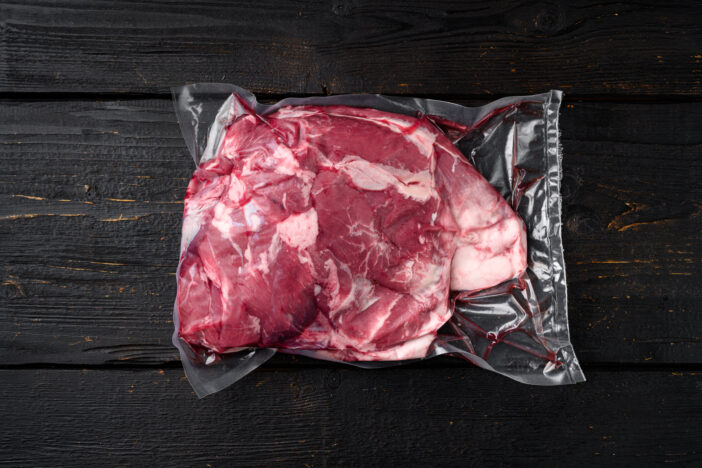
The quality of your meat is paramount, and vacuum sealing helps maintain it in several ways. First, it protects the meat from physical damage that can occur from jostling or being squished in the freezer. Second, it helps preserve the color and texture of the meat, which can be negatively affected by exposure to air.
Vacuum sealing also prevents cross-contamination, which is a concern when storing different types of meats together. Having each type of meat securely sealed in its bag minimizes the risk of bacterial transfer and ensures that each cut maintains its distinct quality and taste.
8. Reducing Food Waste
Food waste is a significant issue globally, and vacuum sealing your meats is a step towards addressing this problem. By preserving meats for longer periods, you’re less likely to throw away spoiled or freezer-burned food. This not only benefits your wallet but also contributes to a more sustainable kitchen by reducing the amount of waste that ends up in landfills.
Furthermore, vacuum sealing allows for more precise portion control. By sealing exactly the amount of meat you need for a meal, you avoid cooking too much and having leftovers that might not get eaten. This helps ensure that every piece of meat you buy is used and enjoyed.
9. Vacuum Sealing Safety Tips
While vacuum sealing is an effective way to preserve meat, it’s important to follow safety guidelines to prevent foodborne illnesses. Always handle meat with clean hands and use sanitized equipment. Seal meats immediately after purchasing or portioning to minimize the time they spend at room temperature, where bacteria can grow rapidly.
It’s also crucial to label your vacuum-sealed meats with the date and contents and to use them within an appropriate time frame. Even though vacuum sealing extends shelf life, it doesn’t make meat last indefinitely. Pay attention to recommended storage times for different types of meat to ensure safety and quality.
10. Choosing the Right Sealer
Selecting the right vacuum sealer is essential to reap all the benefits discussed. There are various types on the market, from handheld models to more robust, countertop versions. Consider your needs, such as the volume of meat you plan to seal, the size of your storage space, and any additional features you may desire, like integrated bag storage or a cutter.
Additionally, invest in quality sealing bags or rolls that are designed for the type of sealer you choose. The durability and barrier properties of the bags are important factors in ensuring the effectiveness of the vacuum seal. With the right equipment, you’ll find that vacuum sealing becomes a seamless and invaluable part of your food preservation routine.
Vacuum-sealing meat is a wise choice for any home cook looking to preserve quality, save money, and reduce waste. With these compelling reasons and helpful tips, it’s easy to see why this method is becoming an essential practice in kitchens worldwide.






